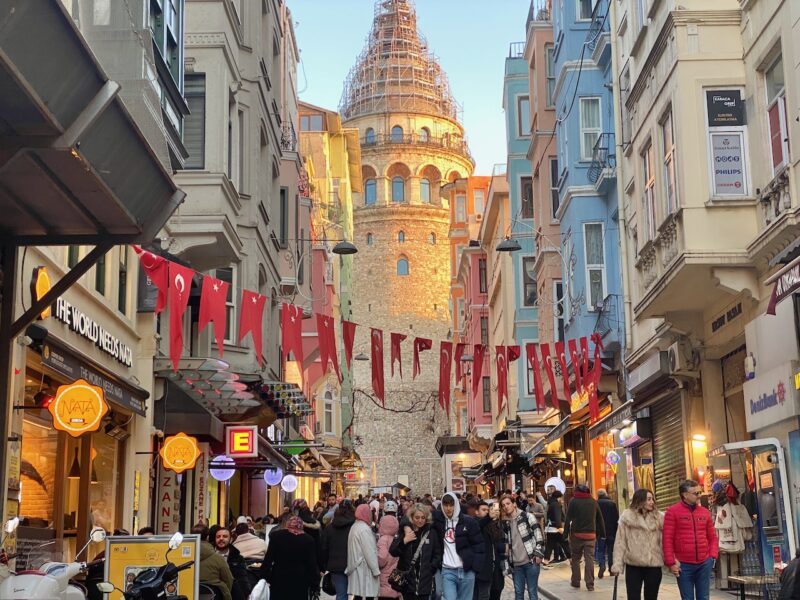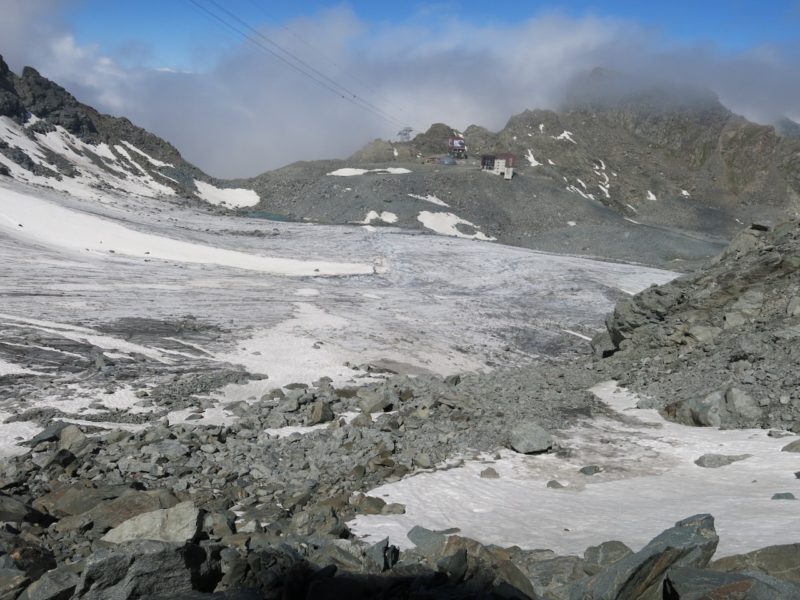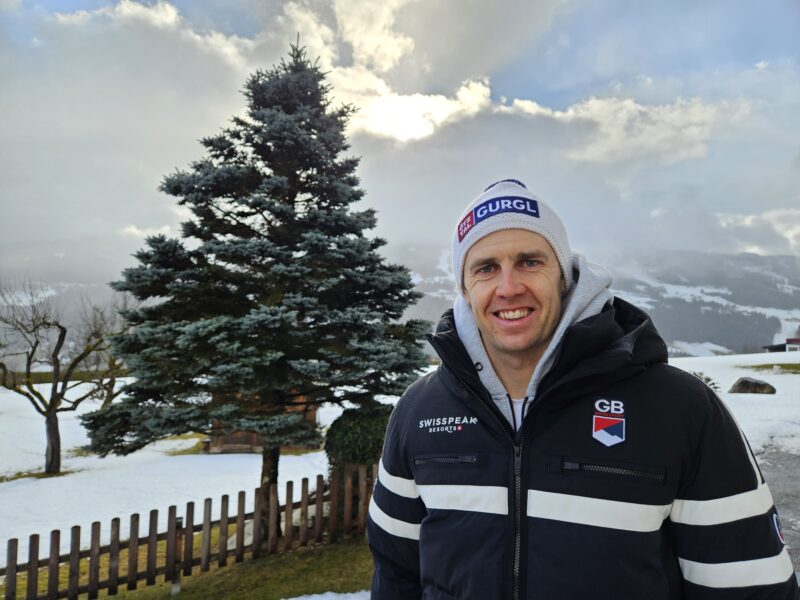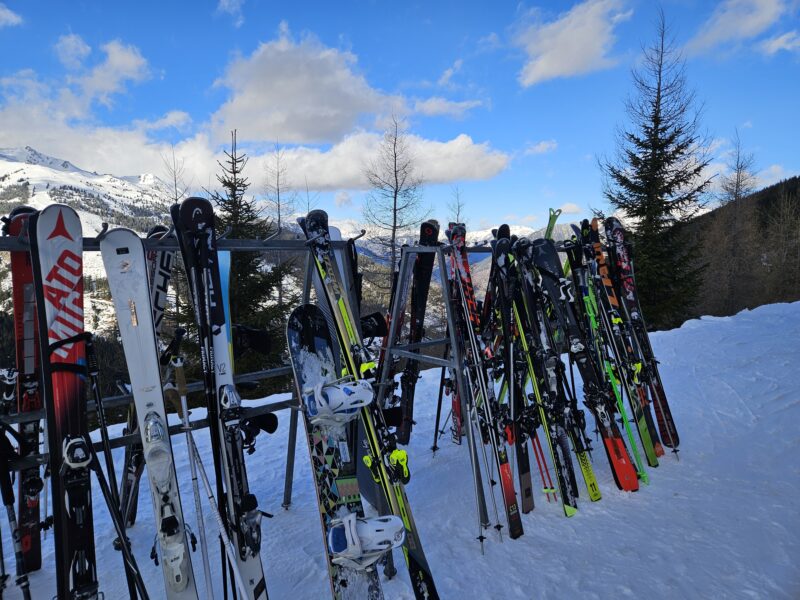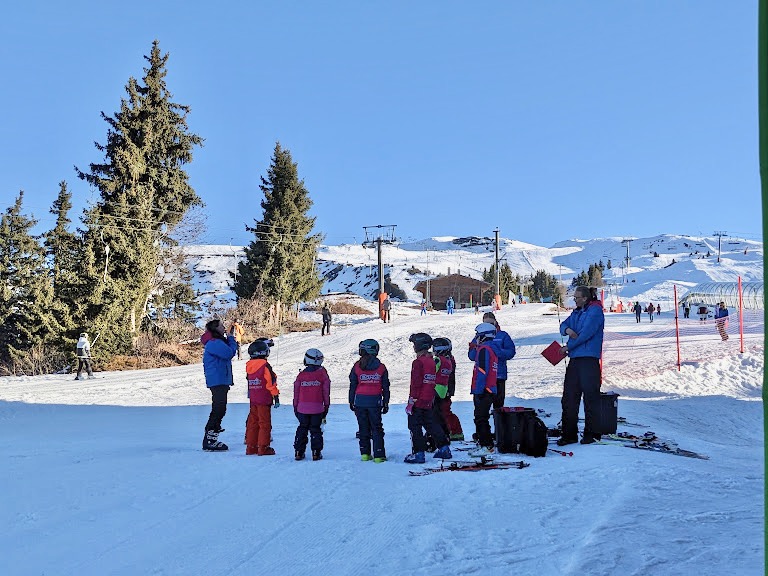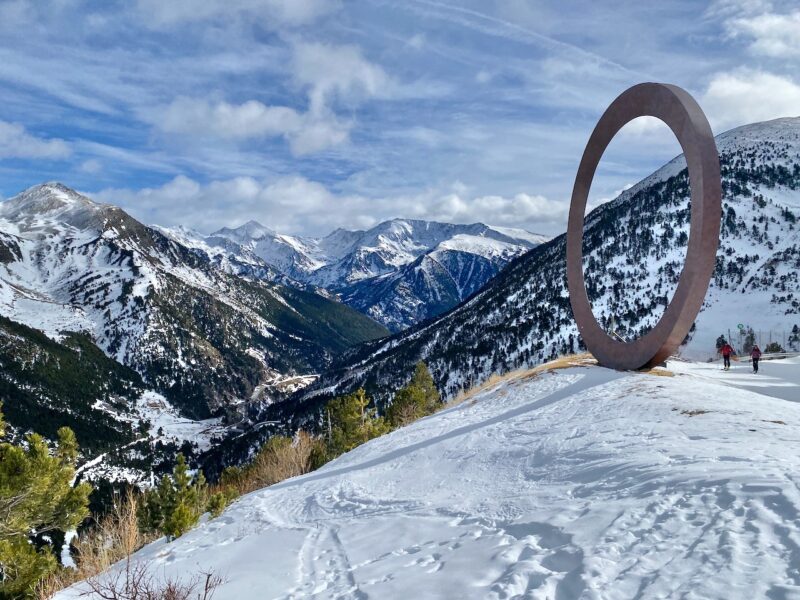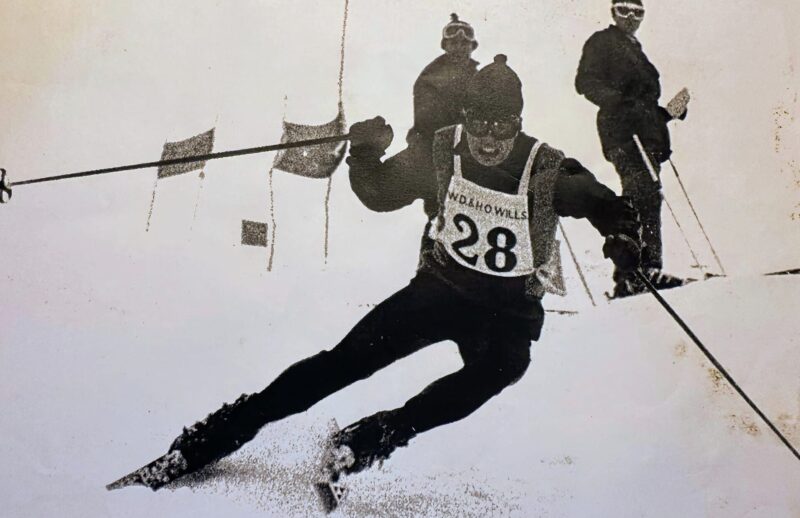Covering Glaciers: an Expensive Way of Preventing the Ice Melting
16th April 2021 | Jane Peel, Chief Reporter
Last modified on May 20th, 2021
Covering glaciers with tarpaulins reduces melting by as much as 60% but is too costly to use on a large scale, according to a Swiss research study. A separate report warns that the temperature of the Swiss permafrost is continuing to rise.
Most Swiss glaciers have been shrinking fast in recent decades, thanks to rising temperatures and summer heatwaves.
It’s an alarming prospect for the environment and for the future of ski resorts.
The first attempts to partially cover a glacier with a white tarpaulin came in 1993 on the Zugspitze in southern Bavaria in Germany.
Since then, several Swiss glaciers have followed suit.
But until now, there’s been no analysis of the cost to see if the practice could be used more widely.
Now, researchers have established that covering glaciers is a good way of preventing ice and snow melt but is very expensive.
The work was carried out by the Swiss Federal Institute for Forest, Snow and Landscape Research (WSL), the federal technology institute ETH Zurich and the University of Fribourg.
“Covering is not a silver bullet for preventing glacier retreat,” the researchers say.
“While local covers can indeed be efficient and profitable, application on a larger scale, as a means of completely saving entire Alpine glaciers, is unlikely to be feasible or affordable.”
Just 0.02% of Switzerland’s total glacier area is covered.
This has preserved – at least temporarily – 350,000 m3 of glacier ice each year.
But the report says it’s estimated it would cost more than CHF 1 billion (£785 million/ €905 million) a year to cover all Swiss glaciers.
And even this would only slow their decline, not stop it in the long term.
“This measure is an efficient local method for keeping ski slopes and other tourist attractions functional for a certain time,” the study concludes.
The first glacier in Switzerland to be protected with a white tarpaulin was the Gurschenfirn on the Gemsstock above the Swiss ski resort of Andermatt.
It has been covered from late spring through to autumn since 2004.
It keeps the glacier thick enough for people to ski down from the cable-car station.
Since 2004, glaciers have been partially covered at seven other locations in the Swiss Alps at altitudes of between 2,250 and 3,250 m above sea level.
A very small glacier on the Diavolezza at Pontresina, was ‘brought back to life’ after having virtually disappeared.
Each year, the snow that has fallen in winter is preserved under a fleece over the summer, so that the thickness of the ice has started to increase again.
The Rhone Glacier has Switzerland’s largest glacier cover, extending over approximately 50,000 m2.
The aim is to preserve a man-made ice grotto, which is a popular tourist attraction, for as long as possible.
“The only way to effectively limit the global retreat of glaciers is to reduce greenhouse gas emissions and thus the warming of the atmosphere,” says Matthias Huss, lead author of the study.
The research is published in the journal Cold Regions Science and Technology.
In a separate study, scientists are warning that the temperature of Switzerland’s permanently frozen ground – its permafrost – is continuing to rise.
They say the warming has been taking place for 20 years and intensified in 2019-20.
The research comes from PERMOS, the Swiss Permafrost Monitoring Network.
It says Switzerland witnessed its warmest year on record in 2019/20.
“Permafrost temperatures have reached record levels in many places, as have the thickness of the active layer (the uppermost layer of the ground that thaws in summer) and the rock glaciers velocity,” the PERMOS report states.
Permafrost is ground that stays frozen year-round, usually above 2,500 metres.
Rock glaciers are downhill moving ice and debris masses found in the high mountains.
PERMOS recorded rising temperatures at its all monitored sites.
They include the Stockhorn plateau above the ski resort of Zermatt , where the permafrost temperature at a depth of 20 metres has increased by about 0.8 °C in 20 years.
Observations made on the Murtèl-Corvatsch rock glacier in the Upper Engadine show a rise of +0.5°C in 10 years.
At Schilthorn, the peak in the Bernese Alps, the top ground layer that melts in summer has more than doubled in thickness since measurements began in 1998.
Switzerland’s warmest year on record was 2019/20 with air temperatures of up to 1°C above the average of recent years in winter.
The scientists point to a number of factors that contributed to the intensification of the rise in permafrost temperatures.
- Snow at high altitude in November 2019 provided an insulating cover, protecting the ground beneath the surface from the cold wintry conditions.
- A very warm spring, especially from mid-March to April, and two heatwaves in summer. This resulted in very warm permafrost conditions across Switzerland.
- Ground temperatures measured near the surface at the end of September 2020 were close to or even above the previous records set in 2003, 2015 and 2018.
- The movement of the rock glaciers is reported to have sped up by 21% on average compared to 2019. That’s close to or even above the previous record set in 2015. This is said to be an indirect indicator of the condition of the permafrost.

